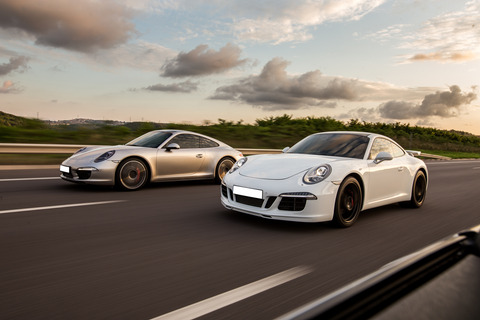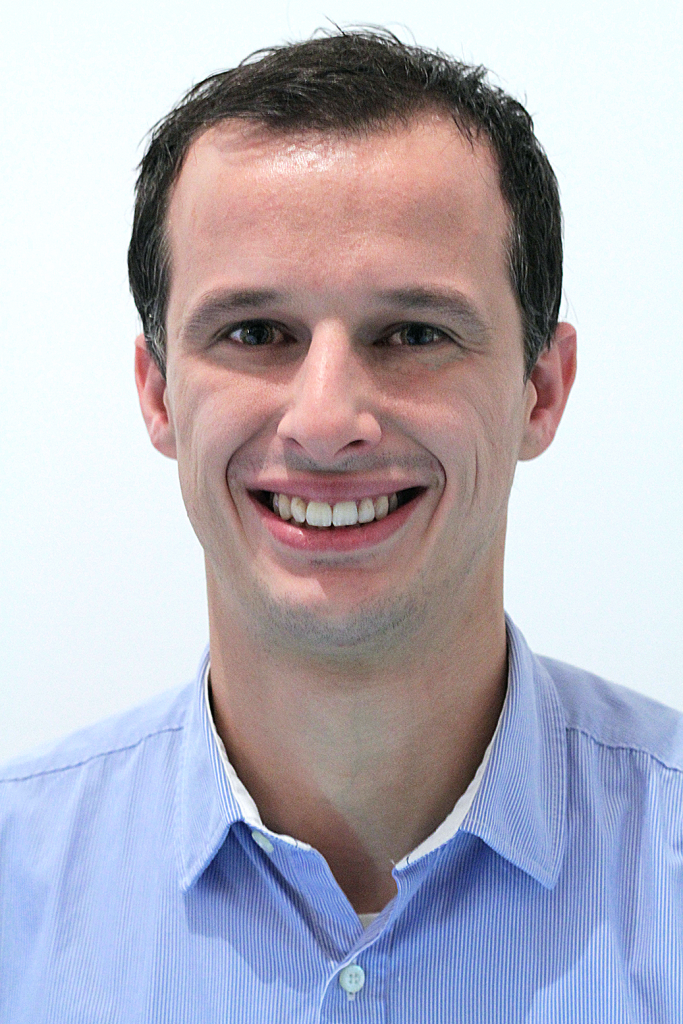Self-driving cars must be able to communicate with each other
Cars must be able to share knowledge about what is happening on the roads and warn each other about dangerous situations. This will improve road safety in a future with autonomous vehicles, and Independent Research Fund Denmark is investing in technology development.


We have been talking about them for many years: driverless cars. They are already here, but there are still many bumps in the road to full automation of road transport.
One of the biggest challenges is safety. Modern cars usually have an arsenal of sensors and cameras to help reverse and park without bumping into things, and some cars on the roads now are already self-driving to some extent.
However, the technology still requires a person behind the steering wheel, because it is still not yet safe to leave these cars to drive themselves.
"Self-driving cars must be able to handle situations that only rarely occur in real life. This places considerable demands on artificial intelligence and software development," says Lukas Esterle, an assistant professor at the Department of Electrical and Computer Engineering at Aarhus University.
ALSO READ: AI to make European cities smarter
Cars share data
The next step towards full automation of vehicles is therefore to develop software that enables cars to pool their data in real time.
This means that an individual car will no longer make decisions based on information from just its own sensors and cameras, but it will also have information from other cars.
"Cars must be able to communicate with each other through their multiple computing systems. They have to share their knowledge and use this to make better and more accurate decisions. In simple terms, you could say that ten cameras from ten different angles see better than a single camera," says Lukas Esterle.
He is in charge of the FLOCKD project and he has received a grant of DKK 2,9 million for his research from Independent Research Fund Denmark.
More safety and less pollution
Together with his research colleagues, Lukas Esterle will explore how cars can learn from each other, and he will train cameras and sensors to share relevant information about objects and situations.
"One example could be at a crossroads. Each car wants to ensure that there are no people walking over the pedestrian crossing. The cars nearby send information to each other along the lines of: I cannot detect any pedestrians on the crossing. Can you confirm this? Thus, the individual car can utilise cameras and sensors in several other cars," he says.
According to the EU, 95 per cent of all accidents in Europe are due to human error, and fully automated cars could reduce this figure drastically.
Another example is if a car brakes suddenly on the motorway and simultaneously sends information to the cars behind so that they can slow down in accordance with the actual situation.
"This is very clever because it improves traffic flow, lowers fuel consumption and reduces air pollution," says Lukas Esterle.
